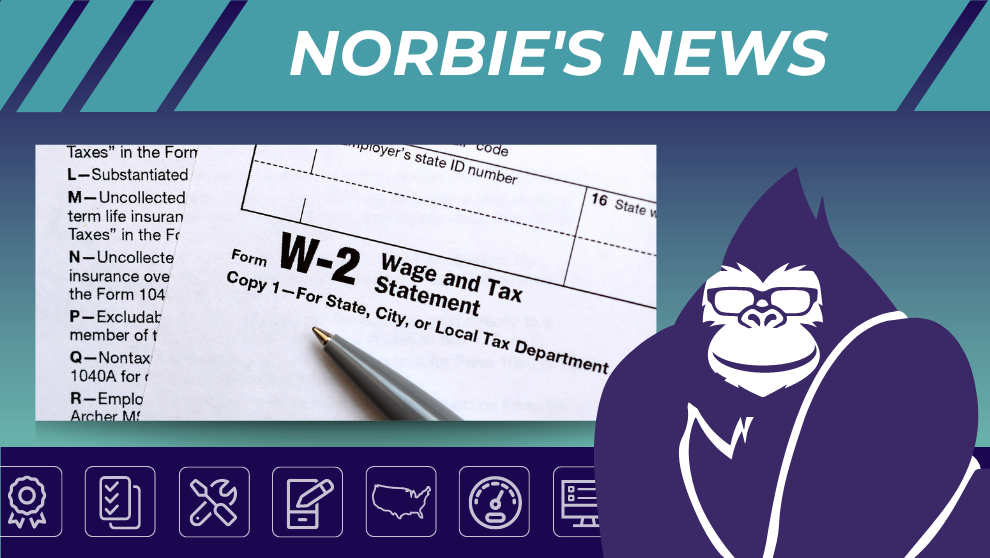
Construction Insurance Trends in 2025
SHARE STORY
By Brad Dowling, VP of Workers' Comp
In 2024, the construction insurance industry faced rising catastrophic losses and rapid technological advancements. Global disasters like hurricanes and wildfires caused $320 billion in economic losses, with $140 billion covered by insurance, marking a record year since 2017. Simultaneously, tools like drones and AI improved risk assessments and project efficiency, underscoring the vital role of insurance in an unpredictable landscape.
As the industry evolves, comprehensive risk management is essential. This article examines 2025's key trends, including supply-related challenges, cybersecurity risks, and innovations like parametric insurance and advanced tech solutions, offering insights into the insurance sector's adaptation to a changing construction world.
As risks become more complex and interconnected, insurers and contractors are redefining how they manage challenges, safeguard assets, and ensure project continuity.
Persistent Risks and Challenges
Supply Chain Disruptions
Global supply chain issues persisted, leading to delays in material deliveries and increased project costs. Factors such as geopolitical tensions, economic fluctuations, and events like the Panama Canal drought exacerbated these disruptions, causing setbacks in construction timelines. The Panama Canal drought, for instance, emerged as one of the year's most critical supply chain disruptions, underscoring the growing impact of climate change on global trade.
Cybersecurity Threats
The industry's growing reliance on digital technologies has heightened vulnerability to cyberattacks. In 2024, the construction industry – the third most targeted industry by ransomware, with 228 reported victims between April 2023 and March 2024 – continued to face increasing cyber threats, particularly ransomware and phishing attacks, reflecting the broader trend of rising cyber incidents.
As cyber threats become more advanced, companies in the construction sector need to enhance their cybersecurity measures and adopt robust strategies to protect their sensitive data and ensure the continuity of their operations.
Emerging Innovations in Construction Insurance
The construction insurance sector is witnessing significant advancements, particularly in the adoption of parametric insurance and the integration of technology for risk assessment.
Parametric Insurance
Parametric insurance offers a predefined payout based on specific triggers, such as a natural event reaching a certain intensity, rather than compensating for actual losses incurred. This approach ensures swift and transparent settlements, making it increasingly popular in the construction industry. For instance, parametric solutions can protect contractors from heat-related risks by providing immediate funds when temperatures exceed predetermined thresholds, thereby mitigating project delays and health hazards.
Increased Use of Technology for Risk Assessment
The integration of Artificial Intelligence (AI), drones, and the Internet of Things (IoT) is revolutionizing risk assessment in construction insurance. AI-powered drones, for example, are enhancing safety by identifying potential hazards on construction sites, reducing the likelihood of accidents and associated claims. Additionally, AI-driven analytics are improving risk assessments, enabling more accurate underwriting and proactive safety measures.
Focusing on these areas can help all parties involved navigate the challenges of a volatile market and encourage builders' risk valuations to remain accurate and comprehensive.
Conclusion
The construction insurance industry is undergoing a period of profound transformation driven by shifting global dynamics and technological advancements. As risks become more complex and interconnected, insurers and contractors are redefining how they manage challenges, safeguard assets, and ensure project continuity. Emerging innovations and a deeper understanding of evolving risks are shaping a more resilient and responsive insurance landscape.
To thrive in this dynamic environment, agents and stakeholders must remain vigilant and adaptable. By embracing change and leveraging innovative solutions, the industry is well-positioned to navigate the challenges of 2025 and beyond with confidence and authority.
Brad Dowling is the Vice President of Workers' Comp of Builders & Tradesmen’s Insurance Services, Inc., an Amynta Group Company.
Builders & Tradesmen’s Insurance Services Inc.
BTIS is committed to providing robust, individualized products and the highest level of service. Our easy-to-use commercial insurance platform, educational tools, and helpful underwriters make it simple for producers to diversify their books of business by expanding their product portfolios.
Part of the Amynta Group, BTIS is a nationwide insurance intermediary with a small-business attitude. We believe in building solid relationships through communication and a genuine concern for the success of our retail broker clients and the policyholders they serve.
For additional information, visit www.btisinc.com or call (877) 649-6682


